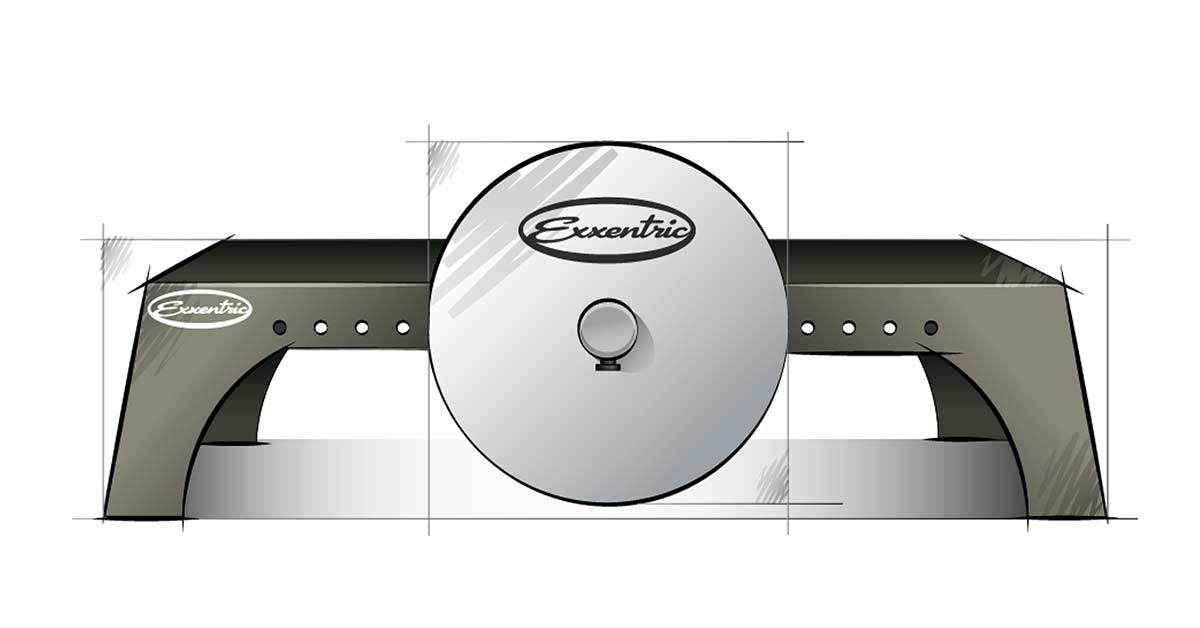Eccentric loading has been shown to be incredibly effective when it comes to building muscle mass and strength, as well as reducing the risk of a number of injuries. As a result, interest in being able to effectively program and implement eccentric loading within an athlete development program has grown. One space-efficient method is to utilize a flywheel, which harnesses the force the athlete produces during the concentric phase to provide resistance during the eccentric phase—allowing better regulation of load.
A leading flywheel with coaches and athletes is the kBox, manufactured by Exxentric in Sweden (and providing a nod toward the flywheel’s Scandinavian origins). Here, we take a look at the popular kBox articles on SimpliFaster, outlining why it might become an important tool in your toolbox.
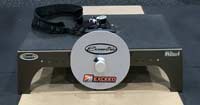
10 Reasons Your Gym Should Buy a kBox
Where else to start but this iconic article from Sean Smith? Here, Smith discusses why all gyms should have a kBox, telling us how his initial skepticism about the product was quickly laid to rest by the results he and his athletes achieved. The reasons for having a kBox, as identified by Smith, include:
-
- Improved results.
- Enhanced safety.
- Portability.
- A strong level of science underpinning the tool.
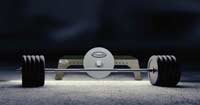
Flywheel Training vs. Weights: What Does Science Say?
This is perhaps the seminal SimpliFaster article on flywheel training, authored by Fredrik Correa, founder of Exxentric (the company behind the kBox). Here, Correa breaks down the science underpinning flywheel training, discussing a 2017 systematic review and meta-analysis that detailed the effectiveness of eccentric overload flywheels as a resistance training tool. It’s always crucial to have good science backing up practice, especially when it comes to commercial products, which makes this article especially important.
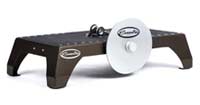
Exxentric kBox 3 Review
Drew Cooper talks us through his thoughts and experience with using the Exxentric kBox 3. Cooper notes that the kBox is surprisingly light—just 27 pounds—and therefore highly portable. The addition of a kMeter—a wireless Bluetooth transmitter displaying kBox training data—allowed Cooper to track and monitor the performance of his athletes, understanding aspects such as their levels of readiness to train and how they were adapting to their training loads. Overall, Cooper was a fan of the kBox, strongly recommending it as a tool in every coach’s armory.

7 Methods of Isoinertial Training Strength Coaches Need
In this article, Shane Davenport takes us through the various techniques coaches could utilize to develop their athletes through isoinertial training. This includes:
-
- Using the kBox for supplemental ancillary training.
- As a replacement for main exercises (such as the calf raise).
- As a way of loading athletes under high speed.
Davenport also touches on using the kBox as a means of potentiating athletes prior to a major training session or competition, and as a method of harnessing the performance benefits of contrast training. An important read for coaches looking to add isoinertial training to their practice.
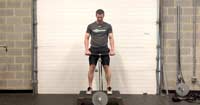
Eccentric Rotational Training: Elevating Club Speed with kBox and kPulley
Chris Finn of Par4Success guides us through some principles for improving the performance of golfers, with flywheels such as the kBox playing a prominent role. Finn placed 20 golfers into three groups: one group that utilized barbells and standard cables in their training; one that utilized the kPulley for their standard lifts (bench press, back squat, deadlift, bent-over row) and rotational work; and one that used the kBox in a similar manner to the kPulley group. The results demonstrated the effectiveness of the flywheel training in enhancing rotational strength and power—making it an important tool in your toolbox.
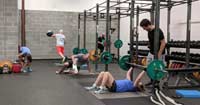
Better Coaching Through Science—How to Collect Data That Matters
In this article, Chris Finn takes us through his process of what data to collect in the weight room, how to do so, and what it all means—a powerful read for all coaches. The kBox makes an appearance as a recommended tool, with its ability to track power and speed metrics labelled as a huge positive.
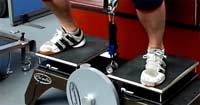
How Peak Eccentric Forces Reduce and Rehabilitate ACL Injuries
In this article, Carl Valle makes a bold promise: that he will identify the external factors that result in higher ACL injuries, and assist us in reducing their occurrence within our own programs and squads. Valle writes how lower levels of eccentric strength increase the risk of ACL injuries—testing and developing eccentric strength with the kBox is therefore a crucial component in reducing ACL injury risk. Doug Gle cites this article as the main reason he chose to add a flywheel to his program.
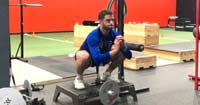
How Flywheel Training Can Help Vertical Jump Performance
In many sports, jump height is an important component of successful performance, and in this article Sean Smith breaks down how to use flywheel training—such as the kBox—to enable athletes to jump higher. Smith discusses how he uses force plate data to identify athletes who might be a good candidate for eccentric flywheel training before detailing his methodology for creating great jumpers using a range of exercises carried out on the kBox.

Screening, Injury Prevention, and Sport Technology Implementation with Ryan Horn
In this article, one of the Freelap Friday Five series, Coach Horn discusses how he uses the kBox to develop athletes, labelling it as one of his most versatile and trusted training weapons. Horn details the progressions he uses, comprised of two-week blocks of eccentric, isometric, and concentric emphases. It’s always great to understand how coaches use key pieces of equipment in the real world, and this article certainly delivers.
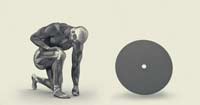
Sport Science of Flywheel Resistance Training
Similar to Fredrik Correa’s article detailed above, this from Carl Valle outlines:
-
- How flywheels develop athletes.
- Whether they have an advantage over free weights.
- What specific adaptations are possible when athletes utilize flywheel training.
Valle also explores who can benefit the most from flywheel training—the short answer being “everyone.”
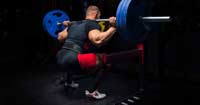
High-Speed Eccentric Resistance Training in Sports
In this article, Jason Feairheller allows us to understand the role of eccentric muscle action in sport, and how we can harness the principle of specificity when it comes to developing eccentric strength. The main method Feairheller outlines is the kBox, describing it as “the best option for high-speed eccentric resistance training.” Feairheller rounds out the article with an overview of the science underpinning eccentric flywheel training, citing studies that demonstrate the tool’s effectiveness.
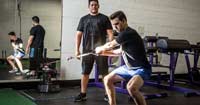
Eccentric Overload with Flywheel Training and Rehabilitation
While we might often focus on the use of flywheel training as a method of improving sports performance, eccentric loading is also an important way of creating bulletproof athletes. In this article, Brandon Marcello details how the kBox can be used to create eccentric overload, which in turn prevents athletes from getting injured—demonstrating the utility of eccentric flywheel training in athlete enhancement.
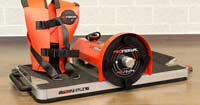
A Buyer’s Guide to Flywheel Training Equipment
In this article, SimpliFaster breaks down what you need to know before purchasing any flywheel training device, and gives an overview of some of the main companies on the market.
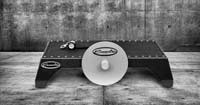
How to Use the kMeter to Develop Eccentric Power
The kMeter is a sensor that is utilized alongside the kBox flywheel, giving us an estimate of the work done per repetition and set. To get the most out of it, we need to spend some time considering what this actually tells us and how we can export and analyze it, and then use this information to improve performance—all expertly laid out in this article by Carl Valle.
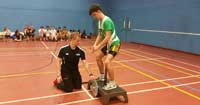
Eccentric Training and the Younger Athlete
While it may be tempting to think that eccentric training is just for senior and elite athletes, this article by James Baker discusses how eccentric training can be safely and effectively programmed for developing youth athletes. Baker discusses how he introduces the kBox to his athletes, allowing him to safely and effectively increase eccentric overload in a group-wide manner. A crucial read for those looking to utilize the kBox with younger athletes.
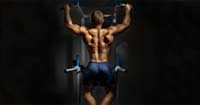
6 Sure-Fire Eccentric Exercises to Build (and Rebuild) Athletic Monsters
Carl Valle profiles eccentric kBox squatting, discussing how his experience using the kBox with athletes provided “the fastest drug-free changes I have seen on paper.” Valle’s protocol with the kBox is six sets of six bilateral squats at the end of a session, and it’s a powerful endorsement for adding the kBox into your program.
Since you’re here…
…we have a small favor to ask. More people are reading SimpliFaster than ever, and each week we bring you compelling content from coaches, sport scientists, and physiotherapists who are devoted to building better athletes. Please take a moment to share the articles on social media, engage the authors with questions and comments below, and link to articles when appropriate if you have a blog or participate on forums of related topics. — SF

